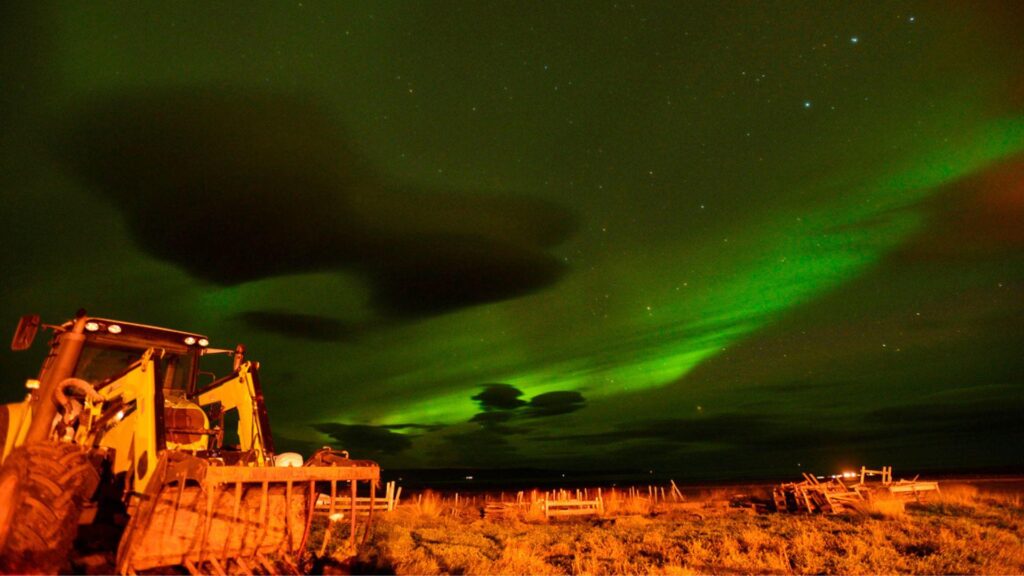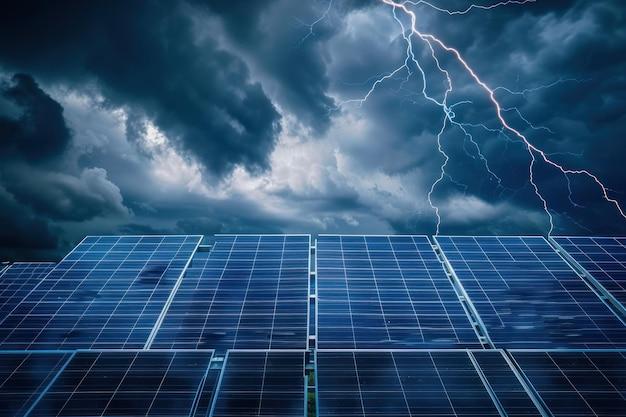A powerful solar storm that swept across Earth on March 15th has caused widespread disruptions to agricultural technology and created unusual atmospheric phenomena. The geomagnetic disturbance, triggered by a coronal mass ejection from the Sun, has affected GPS systems critical for precision farming and automated equipment, while together producing spectacular auroral displays at unusually low latitudes. This event highlights both the vulnerability of modern farming operations to space weather and the remarkable visual effects that solar activity can produce in our atmosphere.A massive solar eruption has triggered widespread disruptions in agricultural technology systems across multiple continents, while simultaneously creating spectacular auroral displays in regions typically untouched by such phenomena.The geomagnetic disturbance, classified as G3 on the space weather scale, has particularly affected GPS-guided farming equipment and automated irrigation systems.
Farmers in major agricultural regions are reporting notable interference with precision planting systems, which rely heavily on satellite navigation for accurate field mapping and crop management. The disruption has forced many to temporarily revert to conventional farming methods, possibly impacting seasonal planting schedules and crop yields.
The solar storm’s electromagnetic interference has particularly affected automated tractors and harvesters, causing navigation errors ranging from several meters to dozens of meters off their programmed courses. This deviation poses significant challenges for farms utilizing precision agriculture techniques, where accuracy within centimeters is crucial for optimal resource utilization and crop management.
Weather monitoring stations and soil sensors, essential components of modern farming operations, have experienced intermittent failures, leading to gaps in critical data collection. These systems typically provide real-time information about soil moisture, temperature, and nutrient levels, guiding crucial farming decisions about irrigation and fertilization schedules.
While creating challenges for agricultural technology, the solar storm has painted the sky with remarkable auroral displays. The northern lights have been visible as far south as Texas in North America and Mediterranean countries in Europe, a rare occurrence that has attracted sky-watchers and photographers worldwide.
Scientists at the Space Weather Prediction Center have noted that this event ranks among the more significant solar storms of the current solar cycle. The phenomenon has caused radio blackouts in various regions and affected power grids, though most systems have maintained stability through protective measures.
Telecommunications companies have reported increased signal interference, particularly affecting satellite-based internet services that many rural farming communities rely upon. This disruption has complicated efforts to coordinate agricultural activities and access real-time market data, crucial for modern farming operations.
The agricultural sector is implementing temporary workarounds, including manual navigation methods and increased human oversight of automated systems. Industry experts suggest that this event highlights the vulnerability of modern farming technologies to space weather events and emphasizes the importance of maintaining traditional farming skills alongside technological advancement.
initial estimates indicate that the solar storm’s effects on farming technology could persist for several days, though the intensity is expected to gradually diminish. Meanwhile, atmospheric scientists are using this event to gather valuable data about the interaction between solar phenomena and Earth’s magnetic field, potentially improving future space weather predictions and protection measures for sensitive technological systems.


